Taqiyah vs Kippah vs Zucchetto, it's not so much a debate as an interesting comparison.…
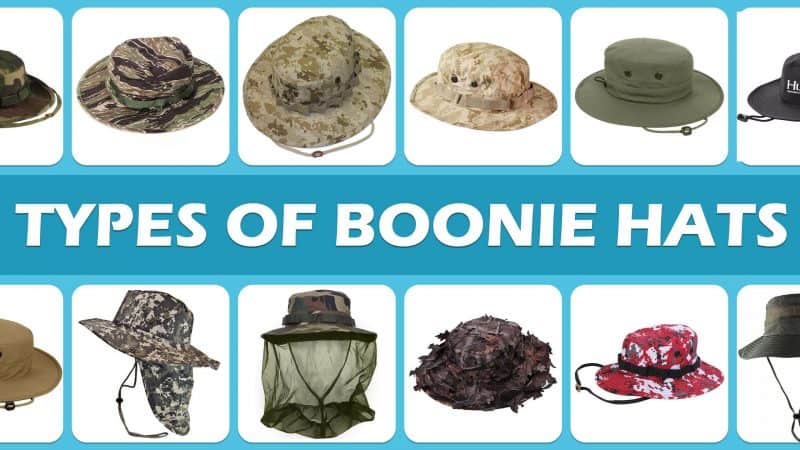
Types of Boonie Hats | 19 Styles and Different Boonie Hats
Have you seen the Armed Forces’ Uniforms? Ever noticed the varying headgear? There is one very common headgear that is preferred in most Armed Forces all over the world. It is a camouflaged hat.
At times, it could have loops around the crown and with a fabric band to hold small objects. It can have a 3D leaf arrangement on the hat to give it a better camouflage. It can even have a neck flap for UV protection.
Ultimately, Boonies are the best military headgear for a hot or arid environment. The hat offers many features and patterns, making it an ideal pick for all kinds of wearers.
Further, nowadays, Boonie Hats have become a fashion accessory and a style stamen. Therefore, it is rampantly used as a casual wear accessory too.
What is a Boonie Hat?
The key features of Boonie hats are the flat crown and stiff brim. The brim’s average length can be near 2.5 inches, but for its variants, the brim can be shorter or wider.
Boonies can be made breathable by providing a mesh component and side vents on the hat’s crown.
It is sometimes confused with a Bucket hat, but some key differences between the two are explained in detail in this post.
It is always a great idea to understand the various types of hats while picking the right one for yourself. So without further ado, delve deeper into the types of Boonie hats.
Types of Boonie Hats
1. Woodland Camo Boonie Hat
As Boonies originated in armed forces, a camouflage Boonie is the most commonly found Boonie hat. However, the kind of camouflage pattern defines what a Boonie is called.
The Woodland pattern was introduced in the US for the Armed Forces in 1981 and continued till the mid-2000s. This pattern used four colors – sand, green, brown, and black and contained irregular markings.
The Woodland pattern was an enlargement of its predecessor – the ERDL pattern, used by the US armed forces in the Vietnam War. US Navy still uses the Woodland pattern for some of its organizations.
A Boonie hat that comes with the Woodland pattern is known as a Woodland Camo Boonie Hat. As now the pattern has been discarded, it can be used for casual wear.
- SUITABLE FOR
- GREAT FOR
- BEST FOR
Men and Women
All seasons, depending upon the material
Camping and Casual Wear
2. Flecktarn Boonie Hat
Similar to the US, the German Armed Forces also have their own camouflage pattern. It too has a disruptive pattern like the Woodland pattern; however, the number of colors in this pattern varies.
There can be three to six colors in the Flecktarn pattern, but the most common pattern has five colors. Four of these remain constant and are dark green, light green, black, red-brown; however, one color can vary from one manufacturer to another. It can be either green, brown, or tan.
The pattern was introduced in 1990 and is still in use in the German Armed Forces. It has also been adopted and adapted by other countries. Flecktarn patterns of different number of colors are used in varying terrains for better blending to the surroundings.
A Boonie hat with a Flecktarn pattern is known as the Flecktarn Boonie Hat.
- SUITABLE FOR
- GREAT FOR
- BEST FOR
Unisex
All seasons, depending upon the material and the number of colors used
Armed Forces & Casual Wear
3. MultiCam Boonie Hat
MultiCam pattern originated in 2002 and is used in the US army under varying conditions and environments. The patterns consisted of seven colors and have been developed by Crye Precision. It is one of the patterns that replaced the Woodland pattern, and it also replaced the 3-Color Desert pattern.
MultiCam variants are being used in about 9 countries, including the US. Some of these variants might also be unlicensed and can be used by civilians also. This pattern has been in use, on and off, and replaced the UCP pattern in 2019, so currently, MultiCam is being used in the US.
A Boonie hat with this pattern is known as the MultiCam Boonie Hat.
- SUITABLE FOR
- GREAT FOR
- BEST FOR
Unisex
All seasons, depending upon the material
Armed Forces & Civilian Use
4. Tigerstripe Boonie Hat
Tigerstripe camouflage is meant for jungle warfare at close quarters. It was first used by the Armed Forces of South Vietnam, and was also adopted by the US in the 1960s, during the Vietnam war. Although, no one knows, who developed this pattern in the very beginning. Later the pattern was adopted by many other Asian countries.
The base color in the pattern is light green or khaki. It has broad black brushstrokes similar to tiger stripes, and thus the name is given. It is believed that there are around 19 variations of this pattern; however, some debate that these may all not be unique and include color variations of the same pattern too.
A Boonie hat with this pattern is known as the Tigerstripe Boonie Hat.
- SUITABLE FOR
- GREAT FOR
- BEST FOR
Unisex
All seasons, depending upon the material
Armed Forces
5. MARPAT Boonie Hat
MARPAT is a pattern used by the US Marine Corps. It stands for ‘Marine Pattern.’ It has been in use since 2002 when it first came into existence and replaced its predecessor – Camouflage Utility Uniform.
This pattern’s key aspect is that it consists of tiny rectangular boxes or pixels spread evenly across the uniform. It is considered a better blending camouflage than non-digital patterns such as the Woodland pattern.
MARPAT is patented by the US Government and can be produced only by authorized manufacturers. It is not for commercial or civilian use; however, its imitations can be used in casual wear.
A Boonie hat with this pattern is known as the MARPAT Boonie Hat.
- SUITABLE FOR
- GREAT FOR
- BEST FOR
Unisex
All seasons, depending upon the material
Armed Forces
6. Desert Digital Boonie Hat
Like MARPAT, even the Desert Digital camouflage pattern uses small pixels instead of big blobs. The difference lies in the colors used. For a perfect dessert camouflage, the colors used are brown and sand, while in MARPAT camouflage, various shades of green are used.
Desert Digital pattern came into existence in the early 2000s and replaced the 3-Color Desert pattern in use until then.
A variant is reserved for the Armed forces and is known as the MARPAT Desert pattern. That is not for commercial use, but its imitation Digital Desert is used commercially. The original MARPAT has a logo of an Eagle, Globe, and Anchor in it to distinguish it from the imitations.
A Boonie hat with the imitated pattern is known as the Desert Digital Boonie Hat.
- SUITABLE FOR
- GREAT FOR
- BEST FOR
Unisex
Arid Environment
Casual wear
7. Olive Drab Boonie Hat
Olive is a dark yellowish-green color, and drab is the brownish gray. The combination of these two colors made what is known as the Olive Drab color. The US used several versions of Olive Drab for camouflaging in WWII. It was used in equipment, uniform, and vehicles. However, in 1952, it was officially replaced by Olive Green or the OG 107 color.
As the Armed forces no longer use it, it has become commercially available for civilian use. A Boonie hat featuring the Olive Drab color is known as the Olive Drab Boonie Hat.
- SUITABLE FOR
- GREAT FOR
- BEST FOR
Unisex
All seasons, depending upon the material
Casual Wear
8. Ocean Digital Boonie Hat
Whenever the word digital is used in the context of camouflage, it refers to the pixelated pattern of tiny rectangles. These blend better with the surroundings, than the bigger blob, non-digital pattern.
The ocean is blue, and therefore, Ocean Digital camouflage is a combination of blue, white, grey, and black colored pixels. One of the countries using this pattern for their combat uniform is China.
A Boonie hat featuring the Ocean Digital camouflage is known as the Ocean Digital Boonie Hat.
- SUITABLE FOR
- GREAT FOR
- BEST FOR
Unisex
All seasons, depending upon the material
Armed Forces & Casual Wear
9. Red Digital Boonie Hat
As explained before, the digital pattern has tiny rectangular pixels. A pattern with red, black, white, and gray colors is known as the Red Digital camouflage pattern.
Red digital camouflage offers the perfect blend in autumn or a red rock desert environment. It is also used in non-natural surroundings with a red background such as a red brick wall, a parking lot, or even a Mcdonald’s sign. Therefore, camouflage is not just limited to shades of green.
A Boonie hat featuring the Red Digital camouflage is known as the Red Digital Boonie Hat.
- SUITABLE FOR
- GREAT FOR
- BEST FOR
Unisex
All seasons, depending upon the material
Armed Forces & Casual Wear
10. Chocolate Chip Boonie Hat
The Desert Battle Dress Uniform in the US is also known as an arid environment camouflage pattern. It was used between the 1980s and 1990s by the US armed forces but disbanded later on. It is still used by many armed forces in other parts of the world. The most notable use of this pattern was during the Persian Gulf War.
There are six colors in this pattern with a base of tan and blobs of brown all over; however, it is nicknamed Chocolate Chip because of the black and white spots all over the uniform. These make the entire pattern resemble the cookie dough.
A Boonie hat featuring the Chocolate Chip camouflage is known as the Chocolate Chip Boonie Hat.
- SUITABLE FOR
- GREAT FOR
- BEST FOR
Unisex
Arid Environment
Armed Forces & Casual Wear
11. 3D Leaves Boonie Hat
Apart from the pattern, Boonie hats can be categorized based on their features. One such type is 3D Leaves Boonie Hat.
The hat has 3D cloth parts coming out of it, which are in the shape of leaves. The entire structure looks like a pile of leaves. It is a great way to camouflage among trees, leaves, forests, and other such locations.
The leaves are not arranged symmetrically but haphazardly, just to bring aesthetic authenticity to the camouflage.
- SUITABLE FOR
- GREAT FOR
- BEST FOR
Unisex
Forest Environment, Autumn or Fall seasons
Armed Forces, Casual Wear, Camping Trips
12. Breathable Boonie Hat
Breathable Boonie Hats are those with some mesh or net component that doesn’t have a cloth lining. This feature allows the air to pass through and is perfect for wearing the hat for long hours.
Most of the time, the mesh component is placed in the form of a thin strip all around the crown; however, at times, there can be disconnected patches of the same to make the cap sturdy.
Another way to make a Boonie breathable is through the side vents spread around the crown. These let the air pass and reduce sweating.
- SUITABLE FOR
- GREAT FOR
- BEST FOR
Unisex
Hot, arid, and desert environment
Armed Forces, Casual Wear, Camping Trips and Hiking
13. Waterproof Boonie Hat
A Waterproof Boonie Hat is made of waterproof material, mostly polyester. The material doesn’t retain water, and therefore, the hat doesn’t get wet. It is perfect for regions with unpredictable rains and otherwise also.
It is a great addition for solo or light travelers who prefer not to carry the weight of an umbrella and also need the agility to move freely.
- SUITABLE FOR
- GREAT FOR
- BEST FOR
Unisex
Rainy season or places with unpredictable rain
Armed Forces, Casual Wear, Camping Trips, Hunting and Hiking
14. Wide Brim Boonie Hat
On average, the Boonie hats have a brim of 7 cm or 2.5 inches. Any hat with a brim measuring greater than that is known as a Wide Brim Boonie Hat.
Wide Brim Boonie Hats are perfect for sun protection. As the brim is wider than the average size, it can sometimes bend downward in the Bucket hat fashion but not so much as to be called a Bucket hat.
These are perfect for outdoor recreational activities; however, not very good in combats because the wider brim might obstruct the view or become difficult to manage.
- SUITABLE FOR
- GREAT FOR
- BEST FOR
Unisex
Rainy season, Sunny weather
Casual Wear, Camping Trips, Hunting and Hiking
15. Short Brim Boonie Hat
As mentioned before, the average brim size of a Boonie hat is 2.5 inches, and any hat with a smaller brim is called a Short Brim Boonie Hat. It can be confused with a bucket hat, but the difference is in the brim. A Bucket hat has a bent brim, while the Boonie has a stiffer brim.
As the brim is shorter, the hat is lighter as compared to the usual Boonie. Further, the shorter brim gives the wearer better visibility, which can be combined with shades on a very sunny day.
- SUITABLE FOR
- GREAT FOR
- BEST FOR
Unisex
On less sunny or rainy days
Casual Wear, Camping Trips, Hunting and Hiking
16. Adjustable Boonie Hat
As boonies are lightweight, they may get blown away in the wind; however, the chinstrap present can make this problem vanish.
The chinstrap has a buckle adjuster, which can be pulled up and down. The wearer can pull it right up to his chin and keep the hat stable in its position.
Further, Adjustable Boonie Hats come in fixed circumference sizes, so wearers can also adjust them according to their head size using the chinstrap, which is a big helping feature of Boonies.
- SUITABLE FOR
- GREAT FOR
- BEST FOR
Unisex
All seasons
Armed Forces, Casual Wear, Camping Trips, Hunting and Hiking
17. Ponytail Hole Boonie Hat
Ponytail Hole Boonie Hat is a great innovation for women and other wearers with long hair. It has a panel removed from the back through which the wearer can pull out their hair. It gives the wearer the option to wear her hair in a pony and doesn’t make her wear it down. Therefore, even the long-haired wearers can use this hat in a hot environment.
Further, the hat doesn’t mess up the hair after you take it off, making management pretty low maintenance. It is for all wearers with long hair because the hole placement is neither very high nor very low.
- SUITABLE FOR
- GREAT FOR
- BEST FOR
Unisex
Mostly Summer or Spring but can be worn in other seasons as well
Casual Wear, Camping Trips, Hunting and Hiking
18. Boonie Hat With Neck Flap
In a very hot environment, the neck needs projection from sunburn too. A Boonie Hat With Neck Flap is the perfect solution. It is a hybrid of a Boonie hat and bandana or a keffiyeh. The neck flap is generally an 8 inches long cloth piece that hangs from the back of the Boonie hat, like a veil.
The flap can be detachable and can also have a mesh component to make the hat breathable. It can be attached from inside the hat or above the brim at the back.
There can be another variant of the Boonie Hat With a Neck Flap, which has a front and a back neck flap to give all-around UV protection.
- SUITABLE FOR
- GREAT FOR
- BEST FOR
Unisex
Extremely hot weather
Armed Forces, Casual Wear, Camping Trips, Hunting and Hiking
19. Boonie Hat With Mosquito Net
As the name suggests, Boonie Hat With Mosquito Net has mosquito mesh covering all around. The hanging arrangement is similar to the neck flap boonie; however, the net is a single mesh draped all around the hat from the hat’s inside. The length of the mesh can be a little longer than the length of the neck flap.
It is a great hat for rainforests and arid regions where the mosquitoes and insects breed in abundance. It can also protect the wearer against poisoned darts in combat because the mesh holes are very thin.
- SUITABLE FOR
- GREAT FOR
- BEST FOR
Unisex
Mosquito or insect-abundant regions
Armed Forces, Casual Wear, Camping Trips, Hunting and Hiking
What Is a Boonie Hat Used for?
Most of the time, a Boonie hat is used by the armed forces of the world in tactical combats or simply as a part of their uniforms. Therefore, the camouflage-patterned Boonies are the most popular ones.
However, they can also be used for casual wear and outdoor recreational activities or simply as a style statement. Boonie hats are great at sun and rain protection and a great accessory for solo travelers who don’t want to carry an umbrella’s weight.
Are Boonie Hats Waterproof?
It depends on the material of the Boonie hats. If they are made from polyester fibers, they are waterproof; however, they have water retention qualities if made from cotton or other materials.
What Is the Difference Between a Bucket Hat and a Boonie Hat?
The main difference between the Bucket hat and the Boonie hat is related to the brim. A bucket hat has a downward bent brim, while the Boonie hat has a stiff and straight brim.
Further, the brim size of a Boonie can be greater than that of a bucket hat. When kept next to each other, the two hats can be easily differentiated.
Why Do Snipers Wear Boonie Hats?
Camouflage is the most important reason why snipers prefer wearing the Boonie hat. The back of the neck, hair, scalp, and other nearby parts are all covered and camouflaged well with the help of a Boonie hat.
The second reason is also obvious. Boonie hats provide sun protection. This makes visibility in the sun very easy, and therefore, snipers don’t miss their aim. It is very important to hit the target in combat, and therefore even a minute’s delay can cause you great harm. Snipers don’t take the chance of missing the target because of the glare.
How Much Does a Boonie Hat Cost?
A Boonie Hat might cost anywhere between $8 to $100 depending upon the material, features, camouflage pattern, manufacturer, or brand.
Some Boonie hats with features such as mosquito mesh or wider brim might cost you more than other hats.

Final Thoughts
A Boonie hat has seen a great evolution in its print, pattern, style, and brim size; however, it has always remained a part of the Armed Forces uniforms since it came into existence.
There are so many styles to pick from that the wearer feels spoilt by choice. However, apart from being stylish, Boonie hats have practical applications too, in the form of sun and rain protection.
These are the best friend of solo and light travelers as they eliminate the need to carry an umbrella. However, the Wide Brim Boonie Hats could be slightly difficult to manage.
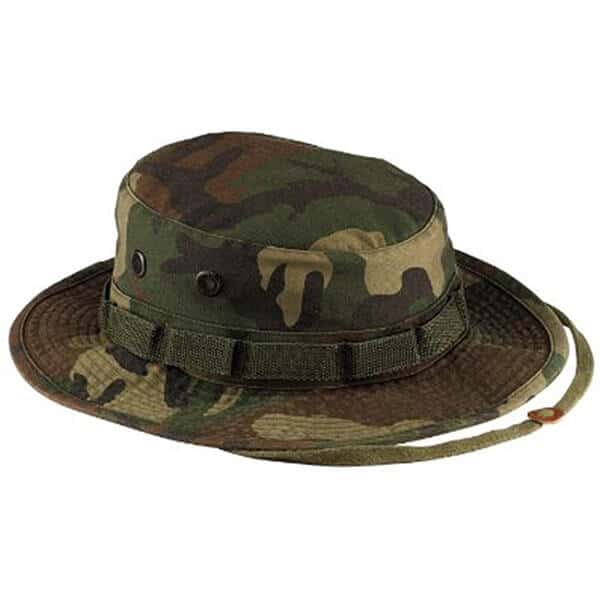
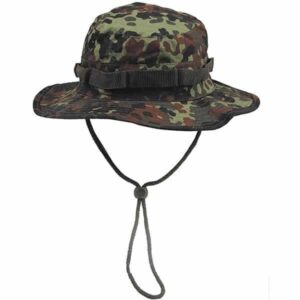
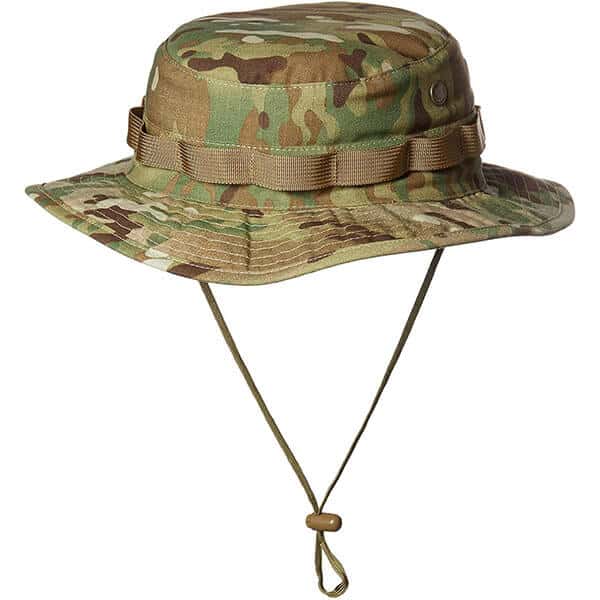
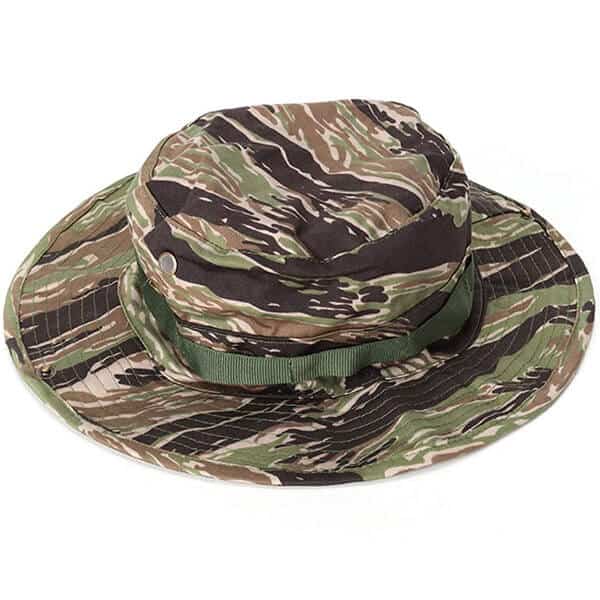
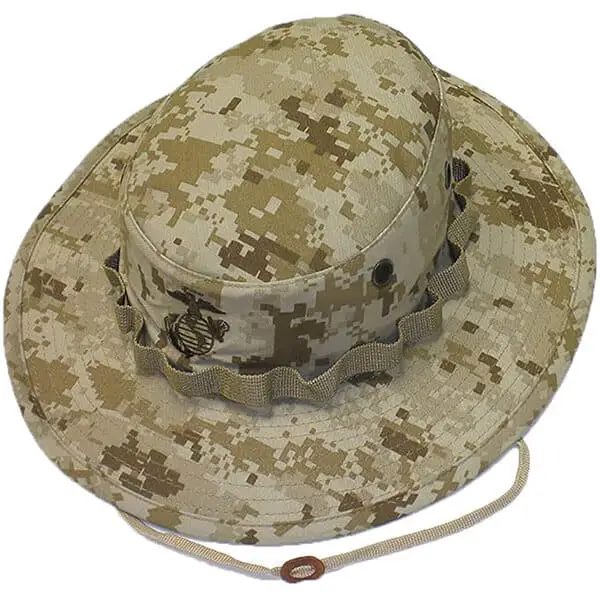
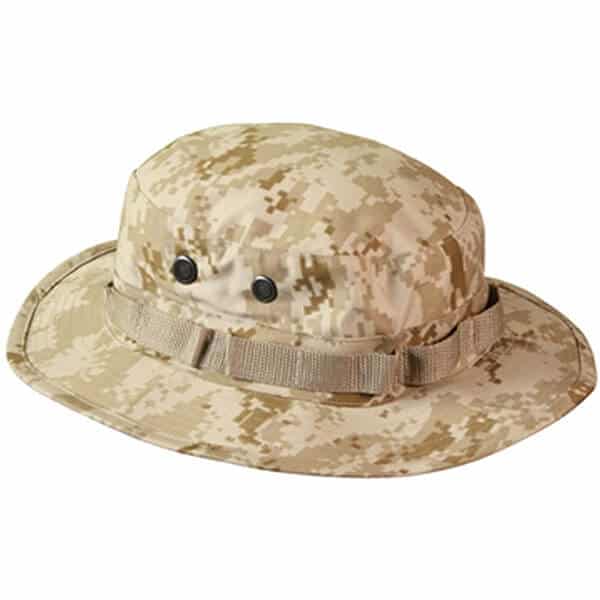
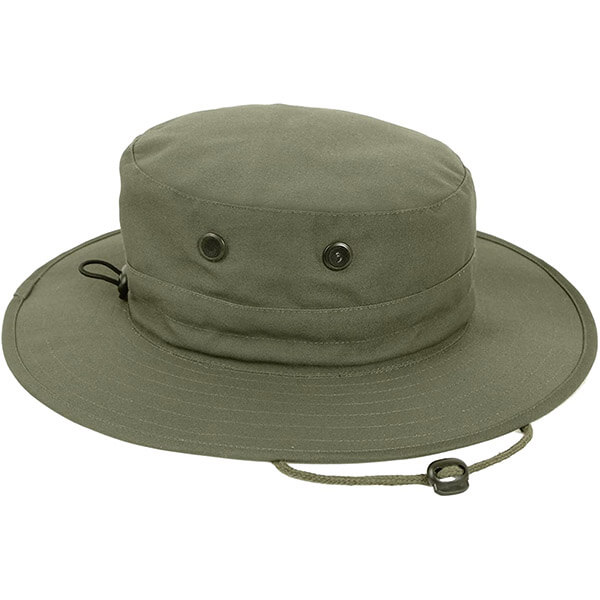
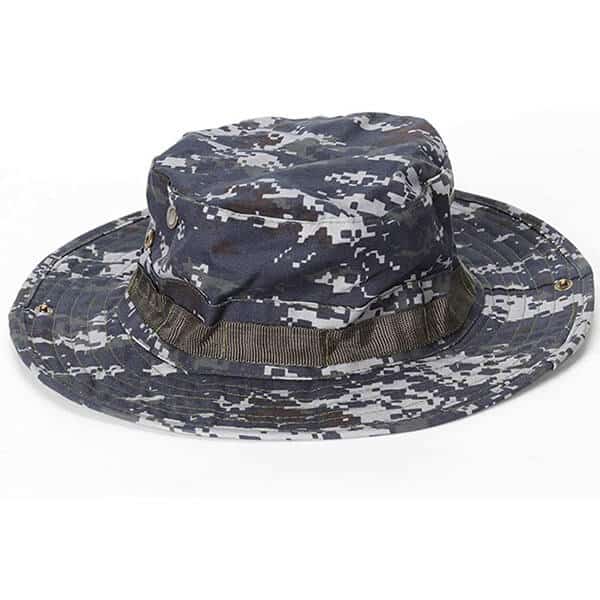
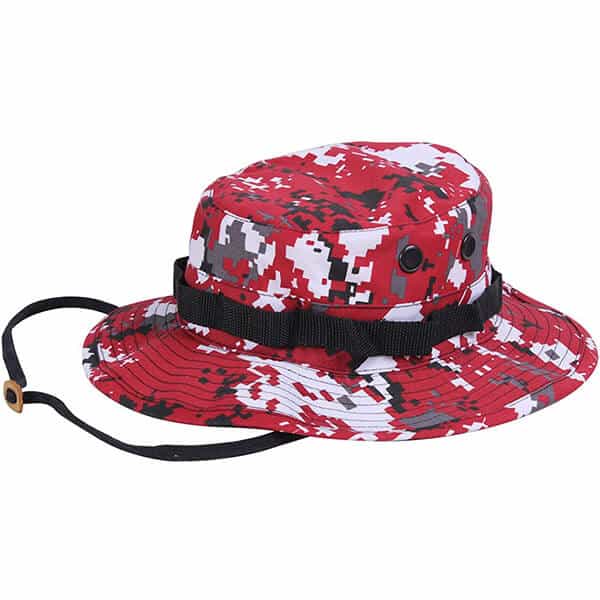
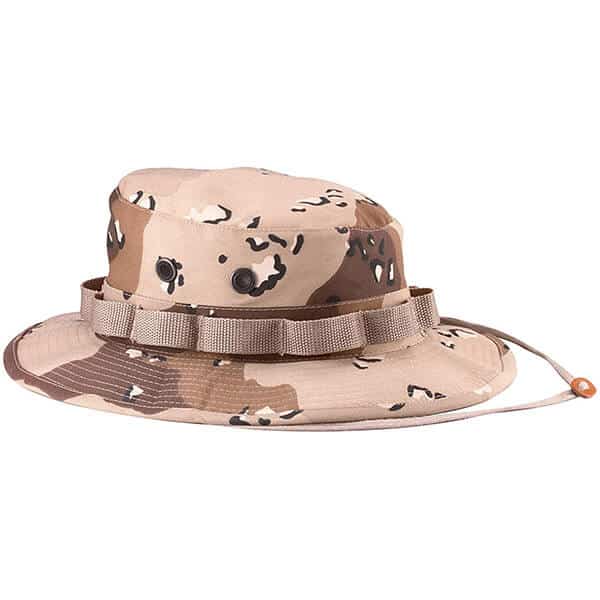
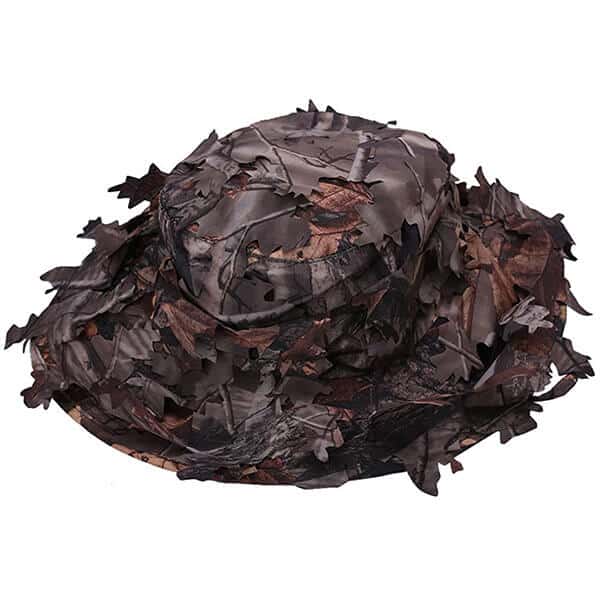
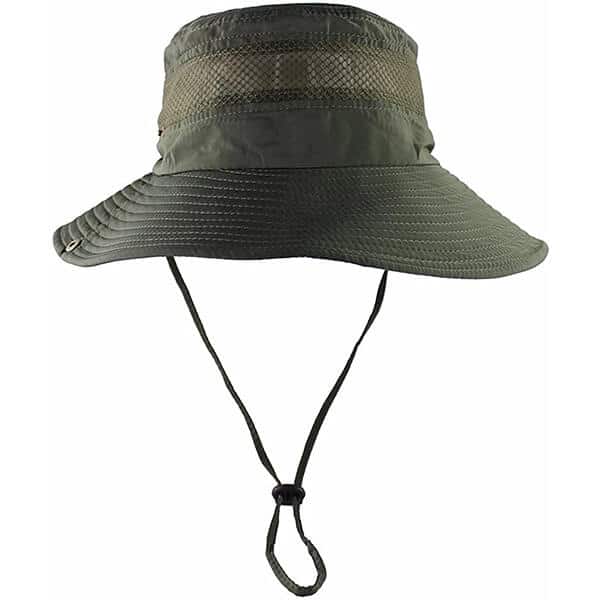
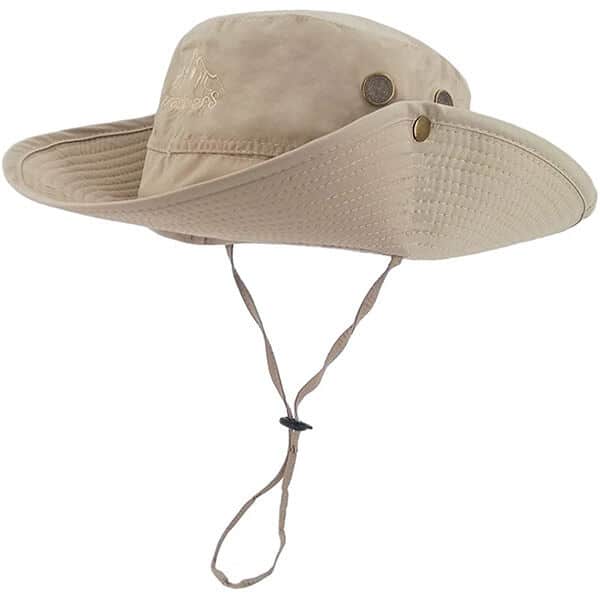
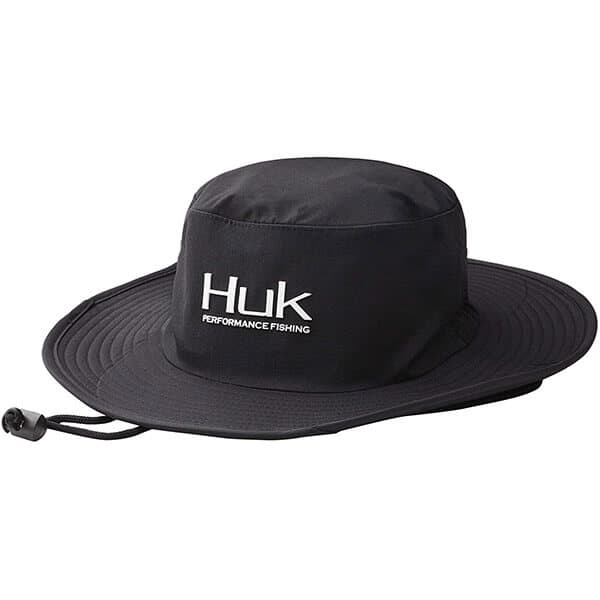
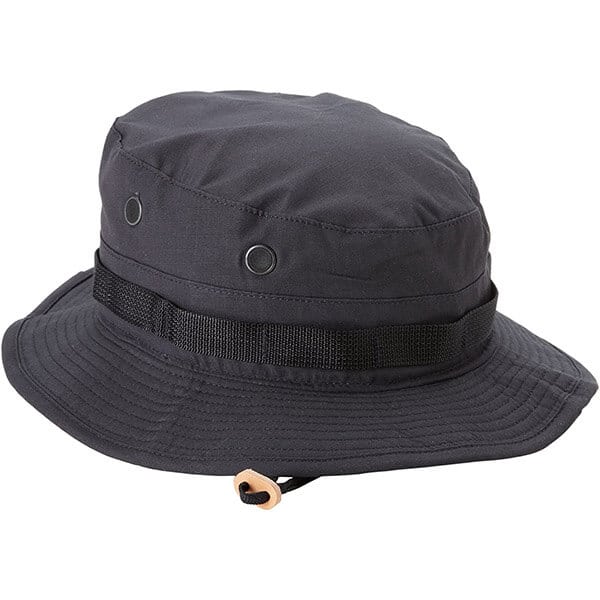
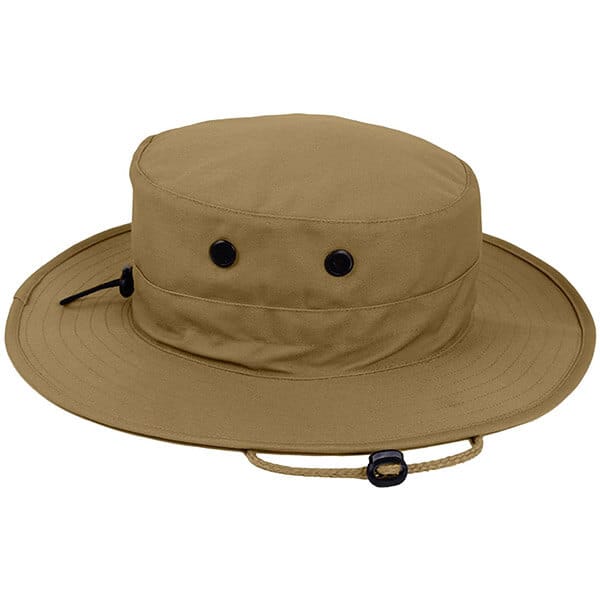
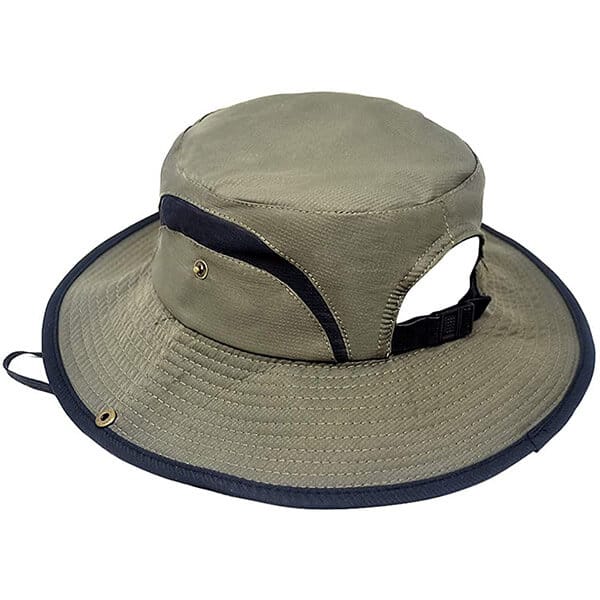
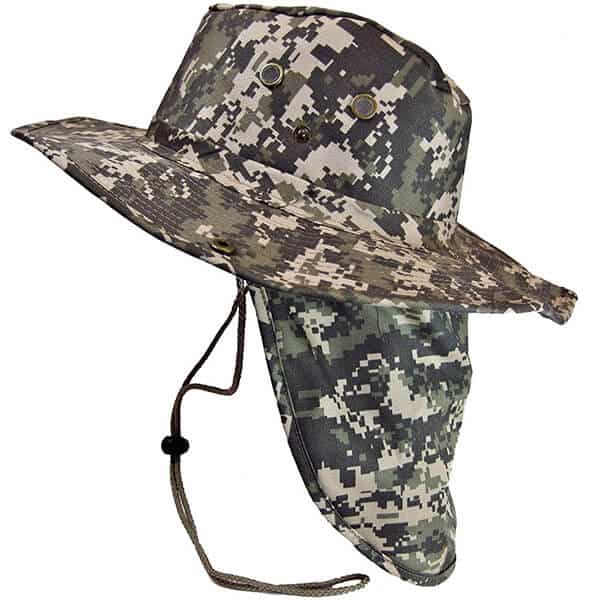
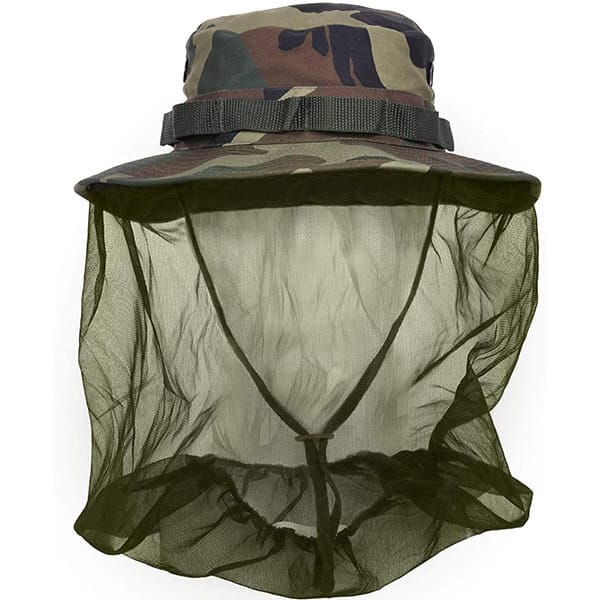
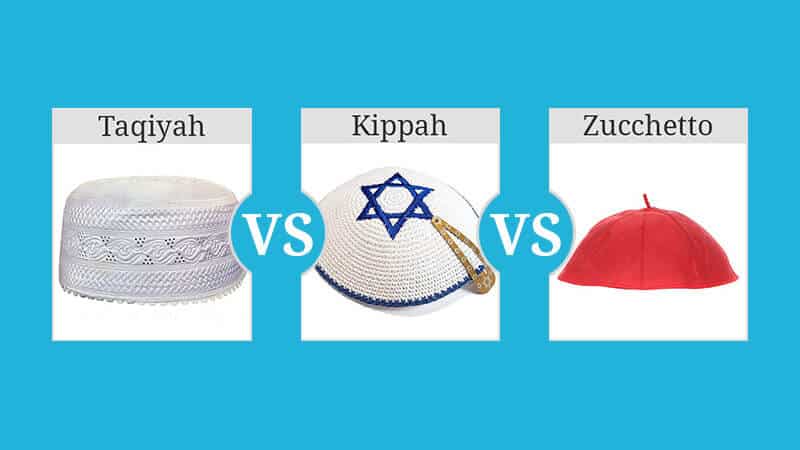
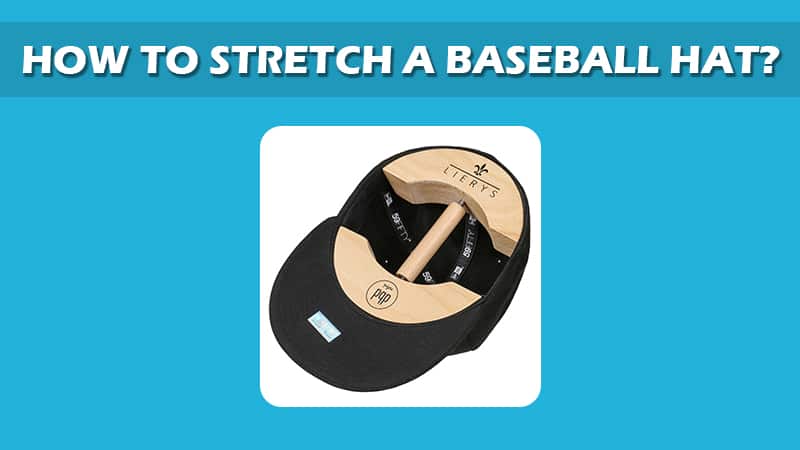
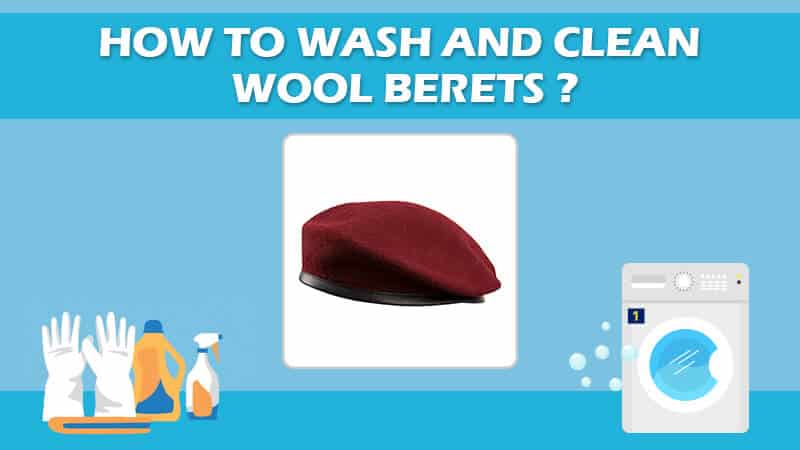
This Post Has 0 Comments